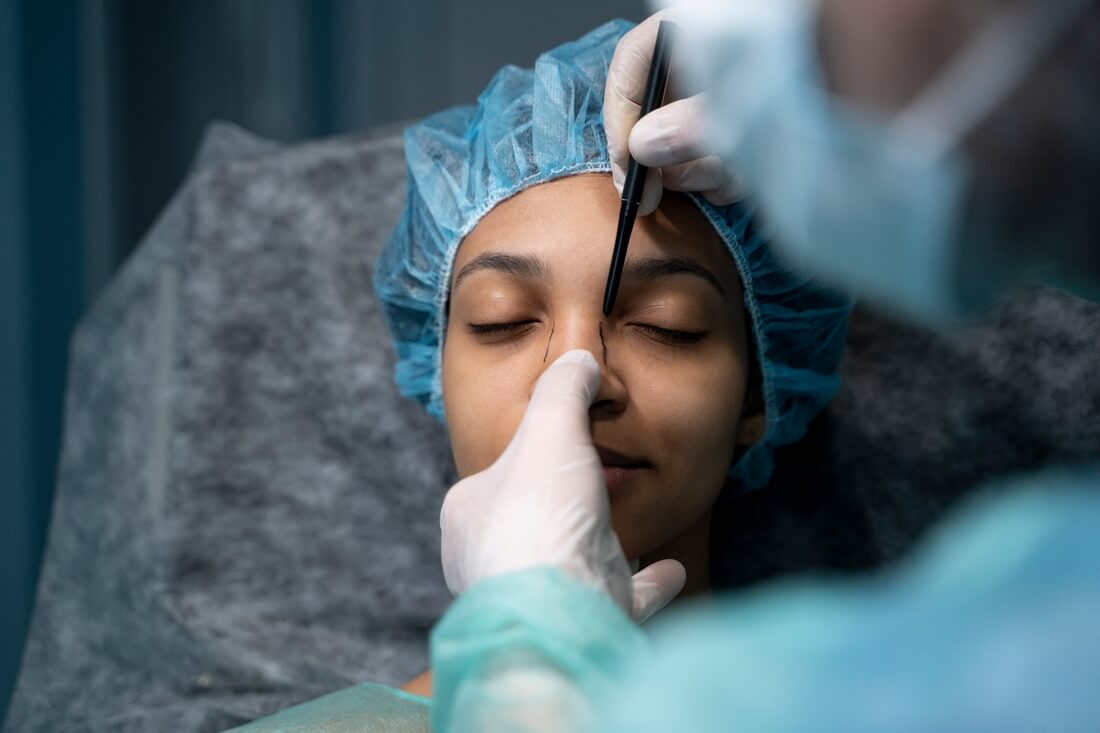
25 Jul
Ultrasonic vs. traditional rhinoplasty: Which is better? Differences, pros, and cons
The innovative ultrasonic rhinoplasty has long been compared to traditional rhinoplasty and it has been considered much better. A more natural and aesthetic result, fabulous recovery… Myth or truth? The tale differences, pros and cons of each operation and what is better in my experience as a plastic surgeon.
The difference between ultrasonic and traditional rhinoplasty
Let me put you in context.
Rhinoplasty is a facial plastic surgery. In this procedure, the nose is reshaped (hump, tip, nostrils, etc.) to give it the desired appearance. Smaller, narrower or straighter, less prominent, without deformities, etc. If necessary, respiratory function is also corrected.
To do this we work on cartilage and bones.
Bones sometimes need to be filed down (bone scraping) or “fracture them”(osteotomy) to change the shape, size, or position of the nose. The latter is in quotation marks because you don’t think we’re going to break them into pieces. These are very controlled cuts to reshape them.
This stage is critical during the intervention. Why? Because if the design is inadequate or poorly executed, it can seriously affect the final result and cause complications.
There are 2 ways to do it:
-
- With hammer, chisel and surgical scrapers => traditional rhinoplastyThey are tools for breaking and filing bone tissue using manual force.
- With piezotomo=> ultrasonic rhinoplastyIt is a device that cuts and sculpts the bone in a very clean way by means of ultrasonic vibrations.
That is to say, the difference between both surgeries is in how we treat the bone. Does that mean one is better than the other? We’ll see.
It is different how we approach the nose to do the surgery. It may be from the inside of the nostrils (closed rhinoplasty) or by making an incision on the outside of the columella, the fleshy septum that separates them (open rhinoplasty).
Advantages and disadvantages of each type of rhinoplasty
Traditional rhinoplasty: more experience
The conventional method is very effective, but pay attention.
As I was saying before, you use a hammer and chisel (a kind of chisel) in a way that resembles how stone is carved. You put the chisel in and tap gently with the hammer to fracture the nasal bone and be able to model it.
Although itis done in a refined manner, it is a somewhat rudimentary technique compared to ultrasonic rhinoplasty.More aggressive and less precise.
That is why it has certain disadvantages:
-
- It is more unpredictableThere’s a greater risk of unplanned fracture lines forming. I mean, the bone tissue breaks where we don’t want to.
- More annoying is the postoperative period.The technique is more traumatic for the nasal region, resulting in more inflammation, pain, and bruising.
- It takes you longer to return to a normal life. Recovery is slower, and during the process, the face reveals the operation more (it is more swollen, purple, etc.).
So why is it still being done?
Well, it’s a highly polished surgery with enormous clinical experience behind it. Although it’s somewhat more complex, it’s well-established and its effectiveness is more than proven. There are very good surgeons who perform it with extreme delicacy and mastery.
That is its great advantage.
As a curious fact, rhinoplasty is one of the oldest plastic surgery procedures. Egyptian papyri of around the1500 BC and Hindu medical treatises from around 600 BC show that it was already being done for reconstructions.
For aesthetic purposes it began to be made in 1887.
Ultrasonic rhinoplasty: better recovery
Ultrasonic rhinoplasty has two peculiarities.
The first:is more precise. Imagine it as if it were a “laser cutter” (it’s not a laser, it’s ultrasonic vibrations, but you understand). When you pass it over the bone tissue, it makes very neat cuts without effort.
The second:is less traumatic. It selectively treats the bone without damaging the surrounding soft tissues (nerves, blood vessels, mucosa, etc.). This is very beneficial in such a vascularized area as the nose..
From this derive its advantages:
-
- More predictable and saferThere is no risk of the bone fracturing unexpectedly. Complications are rare.
- Greater postoperative comfort. It’s been proven in research, and we see it in practice: there’s less swelling, pain, and bruising.
- Less social awkwardness. Your face doesn’t look as swollen and purple after the operation. You can resume your daily routine more discreetly.
- Faster recovery and healing. This method preserves the bone better and helps it regenerate faster.
- Reduce revision surgeries. Because it is safer, it may reduce the likelihood of repeat interventions (long-term studies are lacking).
And disadvantages?
On the one hand, ultrasonic rhinoplasty is almost never closed (only inside the nostrils). It is not a device that is well-suited for this purpose, so it is usually performed open to better access the nasal structures.
The advantage of open surgery is that it provides even greater precision and versatility to solve any problem. The disadvantage is that it requires an external incision, leaving a scar at the base of the nose (which, over time, becomes almost imperceptible).
On the other hand, it is a very novel technique unlike the traditional one.Although it is a technology that was already being used in maxillofacial surgery, it was not implemented in cosmetic surgery until 2004. Few surgeons have experience.
You must choose the professional very carefully.
So is traditional or ultrasonic rhinoplasty better?
What we recommend in our clinic
Rhinoplasty is to repair a watch.
The more you do it, the more you realize the meticulousness and individualization it requires. There’s no one-size-fits-all procedure.
That’s why the first thing I do in consultation is assess what led the patient to consider surgery.Is it a functional problem, an aesthetic one, or both?If it’s aesthetics, what don’t you like about your nose? What is its anatomy and other features like?
And very important: expectations.
There are people who tell me… “Doctor, I’d like to have that famous actress’s nose.” Or “Look, you operated on my friend, and I want her like that too.”
Always theI explain: What can be achieved depends on each person. Nasal frame (cartilage and bones), skin type, proportions, whether there are any bruises, previous surgeries, etc.
It’s a custom operation. No noses are imitated; each individual nose is perfected.
In Clinical Canons we do 3D simulation with Crisalix so that the patient can visualize their approximate outcome. We then adjust those expectations.
So, what intervention do I usually indicate?
In my experience the best is the following:
-
- More complex case => open technique => ultrasonic rhinoplastyTo minimize discomfort and speed recovery. This is what we do most often, especially if there are several aspects to correct (septum, tip, dorsum, etc.).
- Simplest case => closed technique => traditional rhinoplastyTo ensure a good result (closed ultrasound presents difficulties). Ideal when isolated issues need to be corrected and an external incision can be avoided.
Be that as it may, we then use hiloterapia to improve the postoperative periodIt’s a mask that applies controlled cold to reduce pain, swelling, and bruising. Our patients love it for the relief it provides.
The results: is there a difference?
Here is a fairly widespread myth.
It’s common to read that ultrasonic rhinoplasty offers better results than traditional rhinoplasty. They’re more defined, natural, and aesthetically pleasing.
This is not entirely accurate.
In expert hands both can achieve the same thingAnd permanently. The conventional method is more traumatic and recovery is slower, but the possibilities regarding the size, shape, and position of the nose are very similar.
Is much more decisive that the design of the surgery is correctAnd of course surgical skill, a crucial factor in ultimate patient satisfaction.
And regarding scars, depending on whether it is an open or closed rhinoplasty, not that it is done with ultrasonic technology or with a hammer and chisel.
-
- Closed is addressed only from inside the nostrils, so no mark is visible on the outside.
- When opened, it does leave an external scar at the base of the nose, but it is so small that it is almost invisible to the naked eye.
In all cases, the final results are seen after 6-12 months.
What else should you keep in mind as a patient?
3 aspects worth clarifying:
-
- Discomfort during recovery varies between patients. Some people may experience more bruising after ultrasonic rhinoplasty than others after a traditional rhinoplasty. Individual factors play a role.
- In both surgeries it may be necessary to put nasal plugs during the postoperative period to prevent bleeding.
- As for the price, in our clinic they differ by the complexity of the intervention, not by the technique used.
In conclusion…
As with all cosmetic surgeries, no rhinoplasty is better than another. Ultrasonic rhinoplasty has been a groundbreaking advance and has clear advantages, but traditional rhinoplasty remains ideal in select cases.
In the end it depends on the patient.
Why don’t you come?… and we will see what would be most suitable for you.
Clinical canons we are in Barcelona and Granollers.You can make an appointment by calling 683 27 07 09, writing to that number on WhatsApp or filling out the form linked in the button below.
I’d be happy to meet you and answer any questions you may have.
More information
If you’d like to investigate further…
-
- American Board of Cosmetic Surgery. Rhinoplasty guide[Internet]. ABCS; 2024 [cited June 30, 2025].Fountain.Baqueiro-Achach A.
- History of rhinoplasty. An Orl Mex. 2021; 66(4):340-357. Fountain.
- Shah M. What is an ultrasonic rhinoplasty? [Internet]. American Society of Plastic Surgeons; 2019 [cited 30 jun 2025]. Fountain.
- Singh P, Dhar S, Singh E, Vijayan R, Mosahebi A. Piezoelectric Ultrasound Rhinoplasty. Aesthet Surg J. 2020;40(2):NP63-NP64. Fountain.
- Keyhan SO, Poorian B, Fallahi HR. Piezoelectric Technology in Rhinoplasty. Oral Maxillofac Surg Clin North Am. 2021;33(1):23-30. Fountain.
- Kisel J, Khatib M, Cavale N.A Comparison Between Piezosurgery and Conventional Osteotomies in Rhinoplasty on Post-Operative Oedema and Ecchymosis: A Systematic Review. Aesthetic Plast Surg. 2023 Jun;47(3):1144-1154. Fountain.
Dr. Víctor Hernàndez Machado.
Medical Director of Cànons Clinics
Plastic surgeon specializing in facial surgery and body contouring, with experience in the private sector since 2001. I advocate for honest aesthetic surgery and medicine in which results improve, not change.
Registered doctor in Barcelona number 30493, member of the SECPRE and general secretary of the Spanish Society of Surgical Medical Lasers (SELMQ).

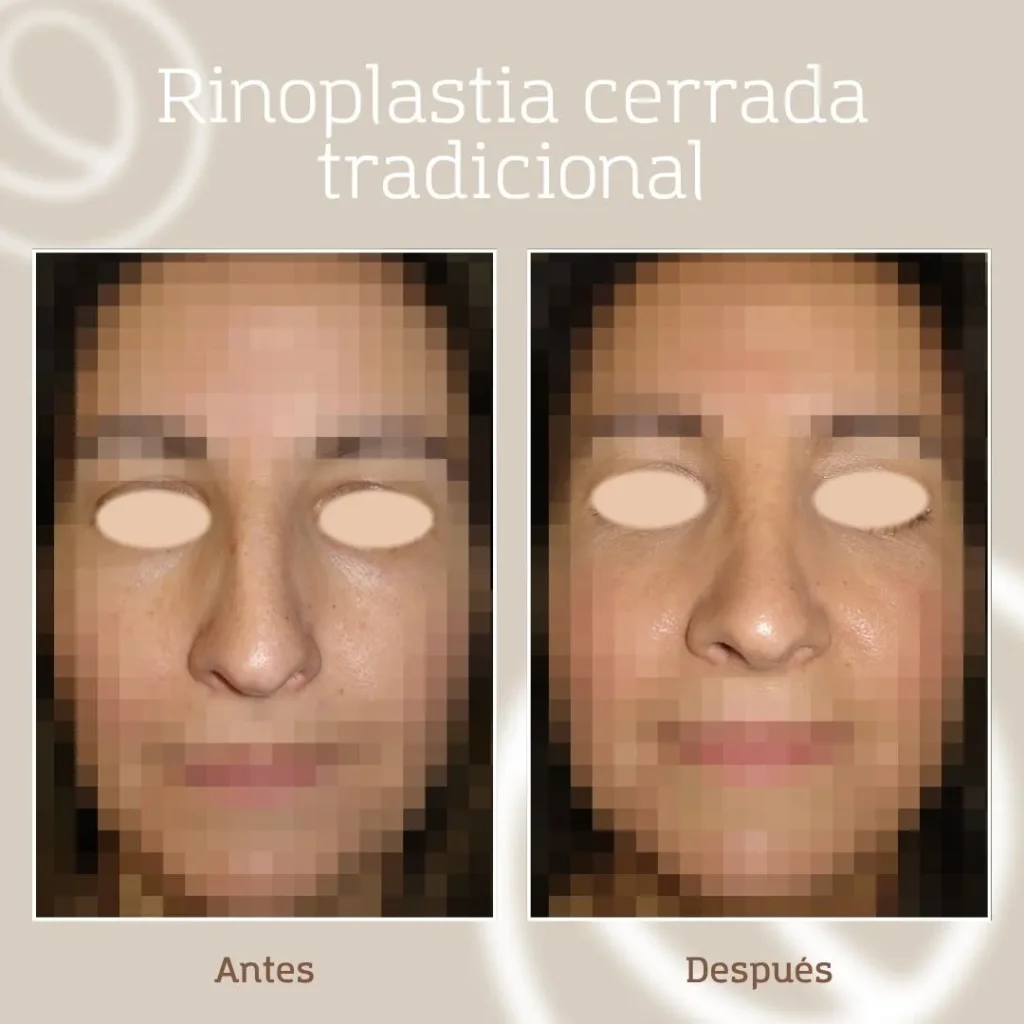
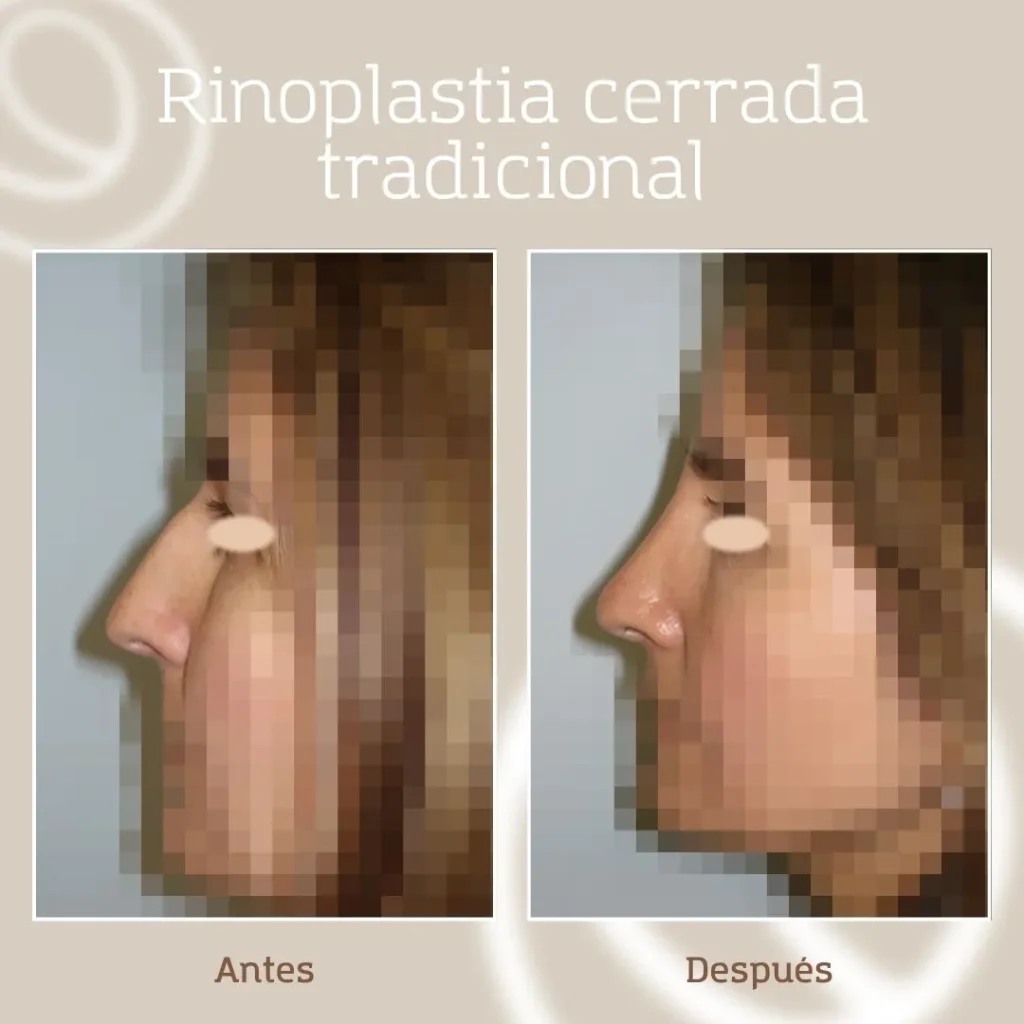
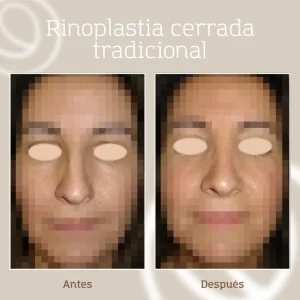
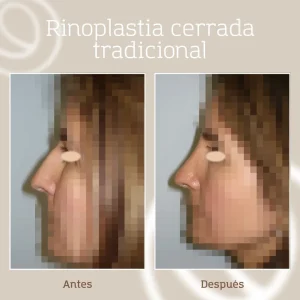
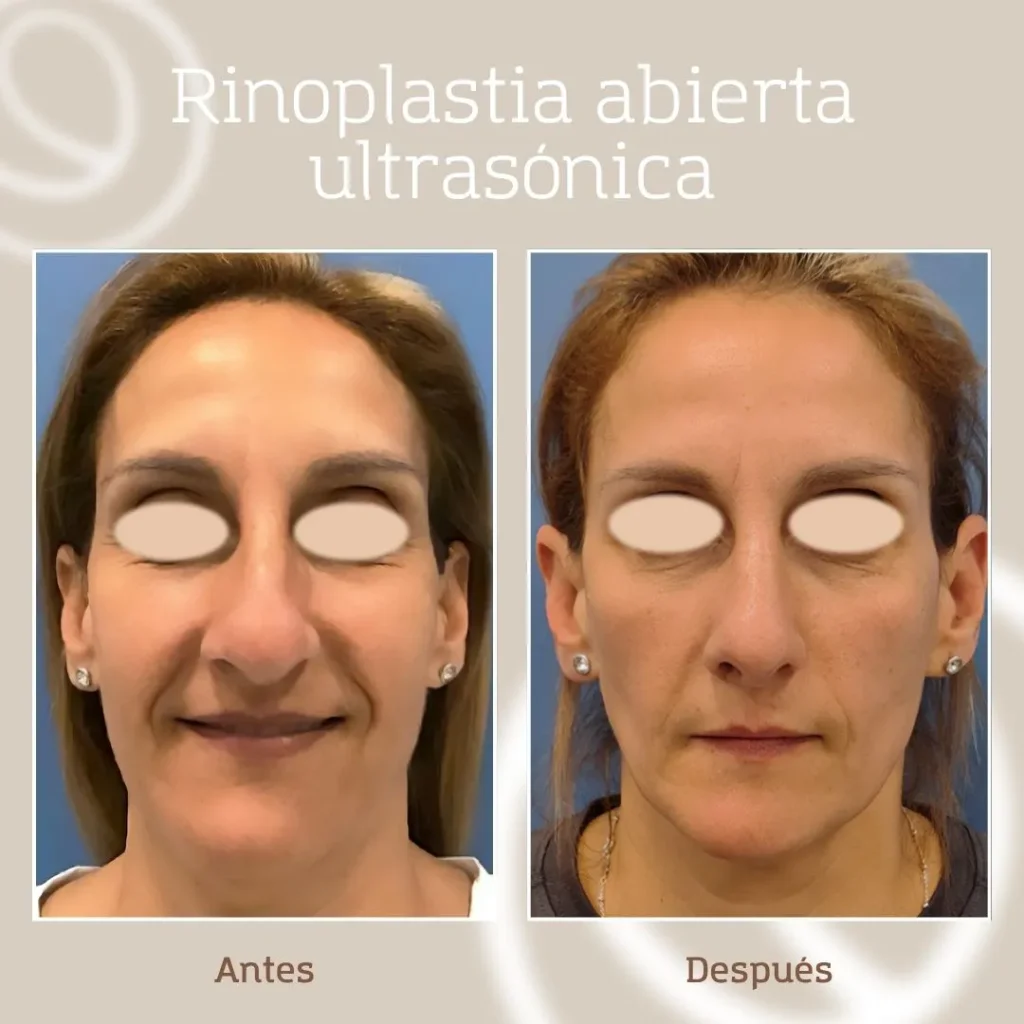
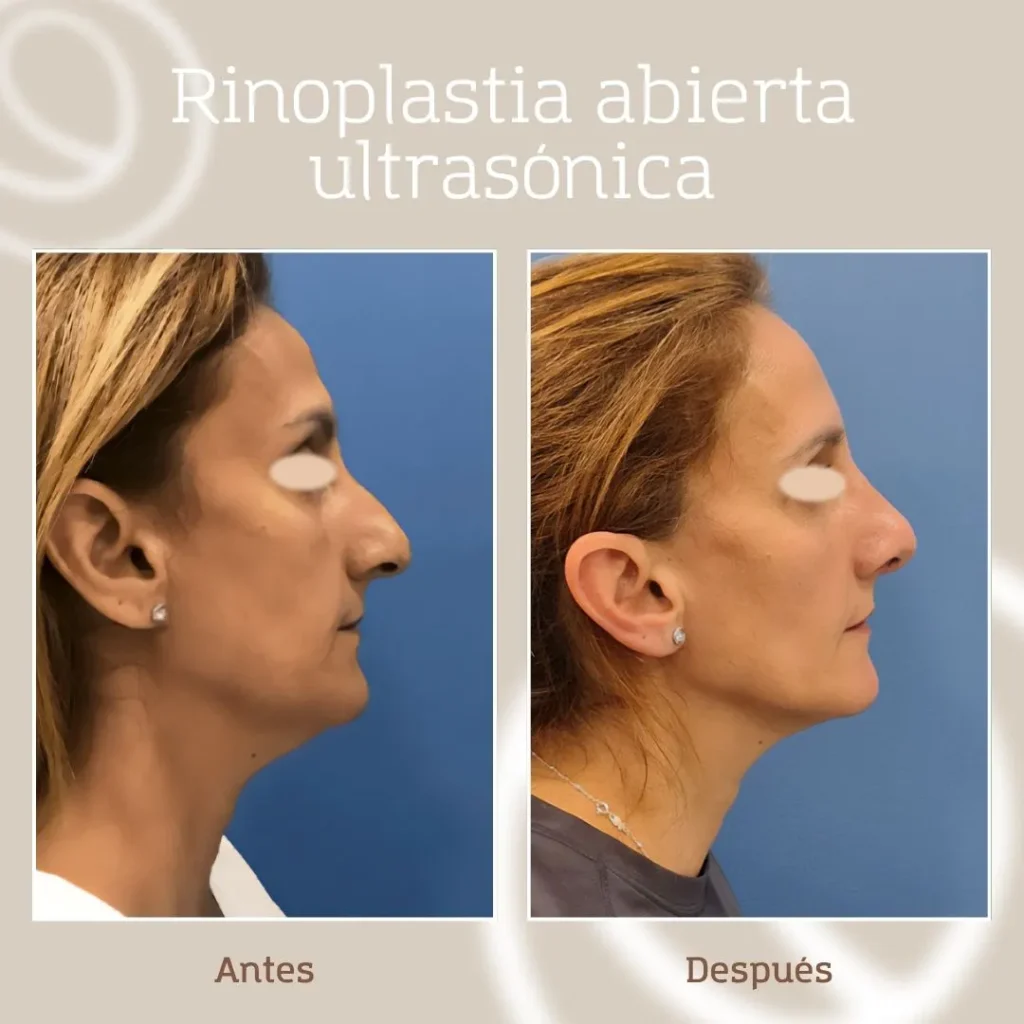
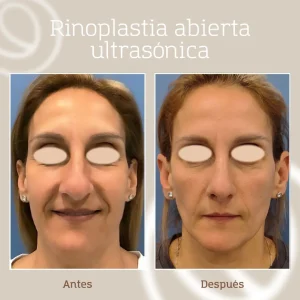
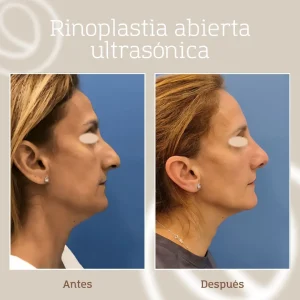
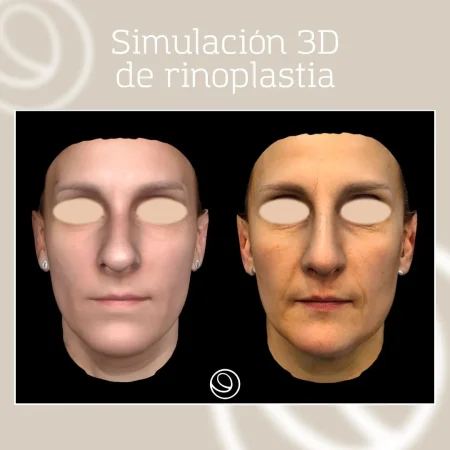
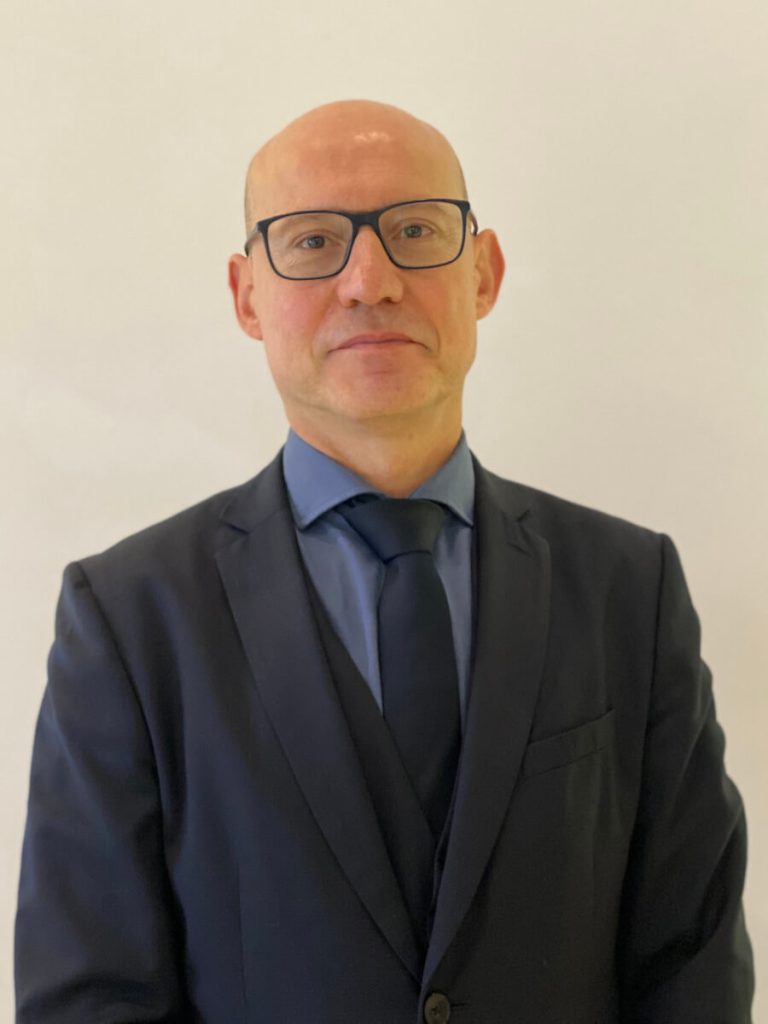
Sorry, the comment form is closed at this time.